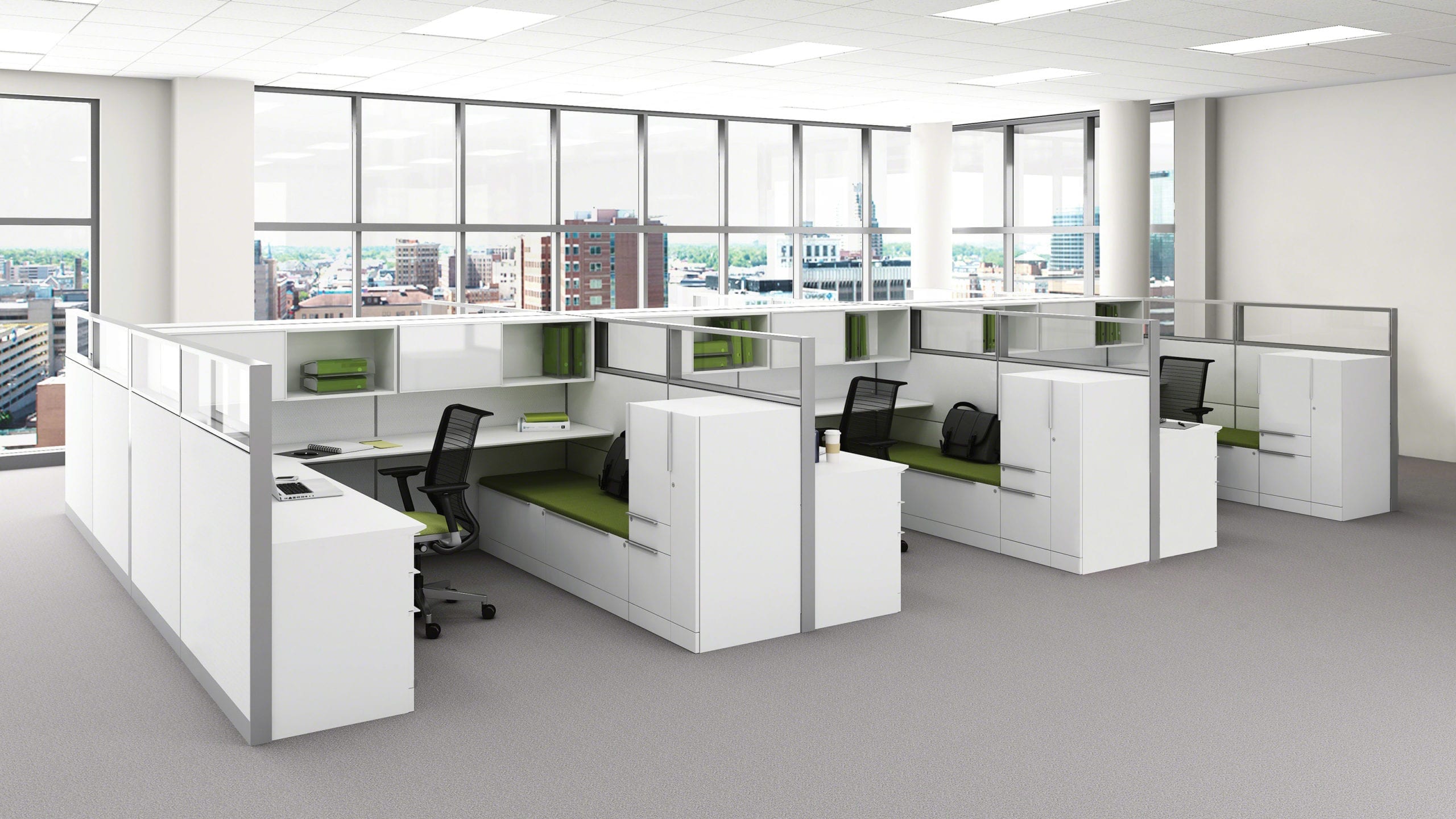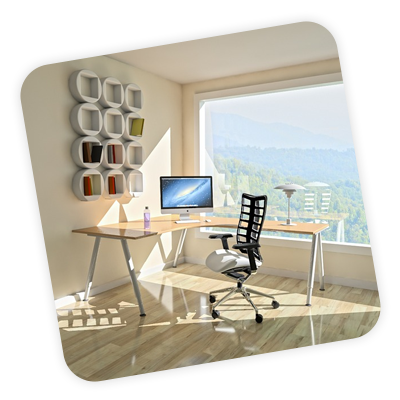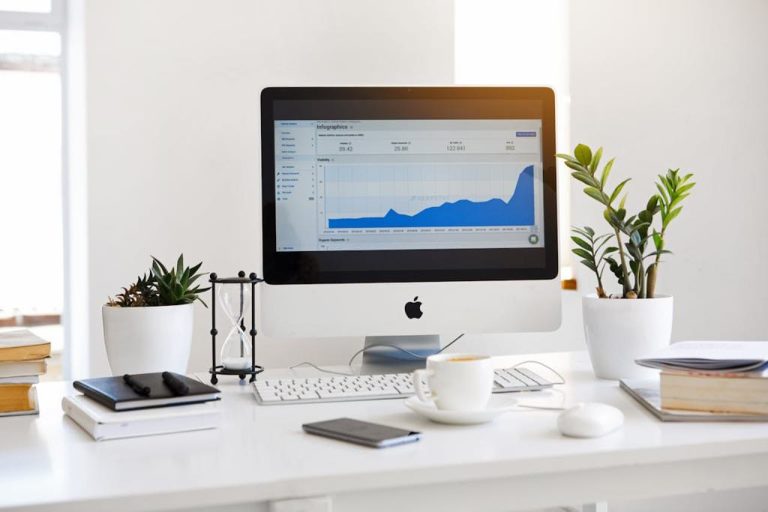How Much Do Cubicles Usually Cost?
Dividing office space while allowing collaboration, cubicle walls are a staple of modern workspace design. But purchasing cubicles prompts the question – how much will these essential components cost? The price of cubicle walls depends on several factors, from dimensions and materials to included features. While basics may start affordably, expenses can grow with greater customization and quality.
Cubicle wall costs are influenced by size, configuration, materials, amenities, and customization. Basic models can begin around a few hundred dollars per cubicle. However, larger units, premium materials, specialized features, and intricate layouts increase prices. Installation and maintenance also impact the total investment. Here is a detailed breakdown of the key factors affecting cubicle wall pricing.
Size and Configuration Matter
Larger cubicles that provide more spacious individual workstations or integrate additional storage space will require greater material expenditures and higher per-unit pricing. Additionally, the overall office layout plan and cubicle configuration will affect costs. More intricate clustering arrangements or zig-zag patterns require more materials and complicated installation than simple row layouts, driving up expenses. The total number of cubicles needed for the office space is also a key determinant of the total project budget.
Material Quality and Aesthetics
Materials play a crucial role in cubicles’ functionality and aesthetic appeal. Options range from budget-friendly laminates to more premium, durable materials like tempered glass or solid wood. Higher-end materials not only enhance the look and feel of the office environment but also contribute to the longevity of the cubicles, albeit at a higher upfront cost.
Features and Customization
Features such as built-in storage, adjustable components, integrated power and data solutions, and acoustic dampening can elevate the functionality of cubicles but also add to their cost. Customization options that align with specific branding or aesthetic requirements can further increase expenses. Companies looking for a tailored solution should consider these additional costs as investments in employee satisfaction and brand identity.
The Impact of Quantity and Supplier Relationships
Purchasing cubicles in larger quantities often allows for volume discounts, reducing the cost per unit. Additionally, establishing a good relationship with suppliers can lead to more favorable pricing, not to mention the potential for better support and service. It’s worth noting that prices can also vary significantly between suppliers based on their sourcing, manufacturing processes, and overhead costs.
Installation and Ongoing Maintenance
It is important to remember that the costs of cubicle walls extend beyond just purchase expenses. Installation costs can be substantial, especially for more complex office layouts and configurations requiring precision on-site assembly. Electrical or data integration for powered features will also add labor costs. Furthermore, expenses related to ongoing maintenance, replacements, and potential future office reconfigurations should be considered part of the total cost of ownership.
Conclusion
When evaluating cubicle walls for office spaces, cost considerations are multifaceted. Dimensions, materials, features, customization, installation, and maintenance all influence pricing. Organizations should analyze their workspace needs and budget to strike the ideal balance of quality and affordability in cubicle walls. While basic models may suffice, investing in solutions with greater durability, personalization, and functionality can pay dividends in productivity and satisfaction. With the right selection tailored to their requirements, businesses can reap the benefits of cubicle walls for their workspace.







